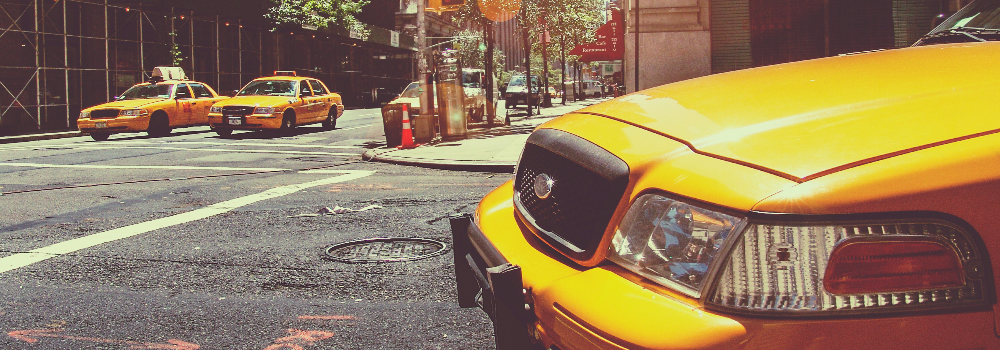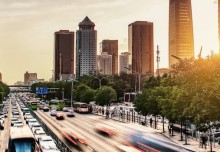According to Transportation Nation, left turns are one of the most dangerous driving maneuvers for both drivers and pedestrians. When making a left turn, drivers are required to make a series of quick, but serious, judgments. In this short amount of time, drivers must gauge the speed and distance of oncoming vehicles, watch for the oncoming lanes to be clear, and make sure they have enough time to turn before the light changes, all while paying attention to their other surroundings.
To make this maneuver more complicated, there is the possibility that pedestrians will be crossing the street that drivers are attempting to make a left turn onto. At many signalized intersections, pedestrians have a walk light at the same time that left-turning drivers have a green light.
Compounding this issue even further is drivers’ increasingly obstructed vision as vehicle A-pillars continue to widen with increased safety standards. A-pillars are the vertical front pieces of the car frame that hold the windshield in place and support the roof. Additionally, they provide rollover support and often store airbags. Wide A-pillars create blind spots in drivers’ forward vision that are particularly dangerous to pedestrians.
When collisions between left-turning vehicles and pedestrians occur, they are made more lethal by the speed at which many drivers make left turns. Drivers have a tendency to accelerate quickly into a left turn in order to complete the turn before any oncoming traffic reaches the intersection.
It is not only pedestrians that are at a high-risk in left turns. Left turns are dangerous to drivers as well, outnumbering right turn crashes 3 to 1, according to the New York Department of Transportation.
Given how dangerous left turns are, transportation experts are seeking ways to improve the safety of this common driving maneuver. One suggested solution is to give left-turning vehicles their own turning phase that restricts movement in the intersection to left turns only for an allotted period of time. While this may improve safety in intersections where it is enacted, it is simply not possible to create special turning lanes and signals at every intersection where left turns are permitted.
An alternative solution is to avoid left turns altogether, which is a common practice in the state of New Jersey. In the late 1950s, New Jersey developed the jughandle, a type of ramp that changes the way traffic turns left at an at-grade intersection. Rather than making a standard left turn from the left lane, left-turning drivers are required to use a ramp to exit and re-enter the roadway. The Federal Highway Administration reports that, when designed correctly, the jughandle reduces accidents that lead to death or serious injury by 26 percent.
Regardless of what method is used, the important thing is that transportation departments are making a conscious and continuous effort to improve the safety of drivers and pedestrians on the road. Does making a left turn cause you anxiety? Do any of these methods ease your stress when making a left turn? Let us know in the comments!






